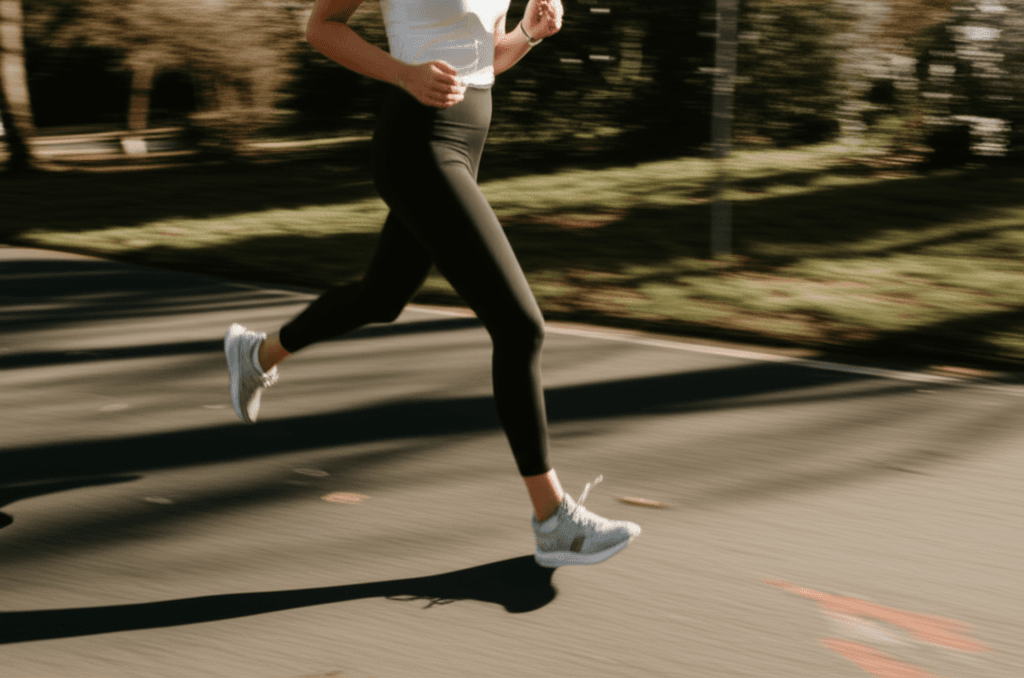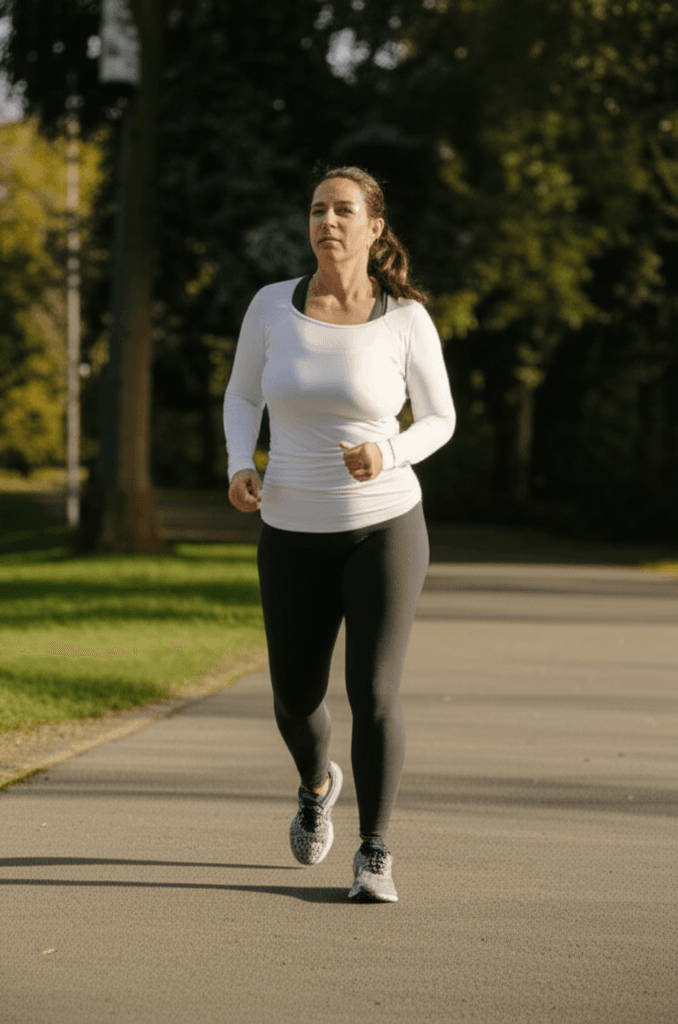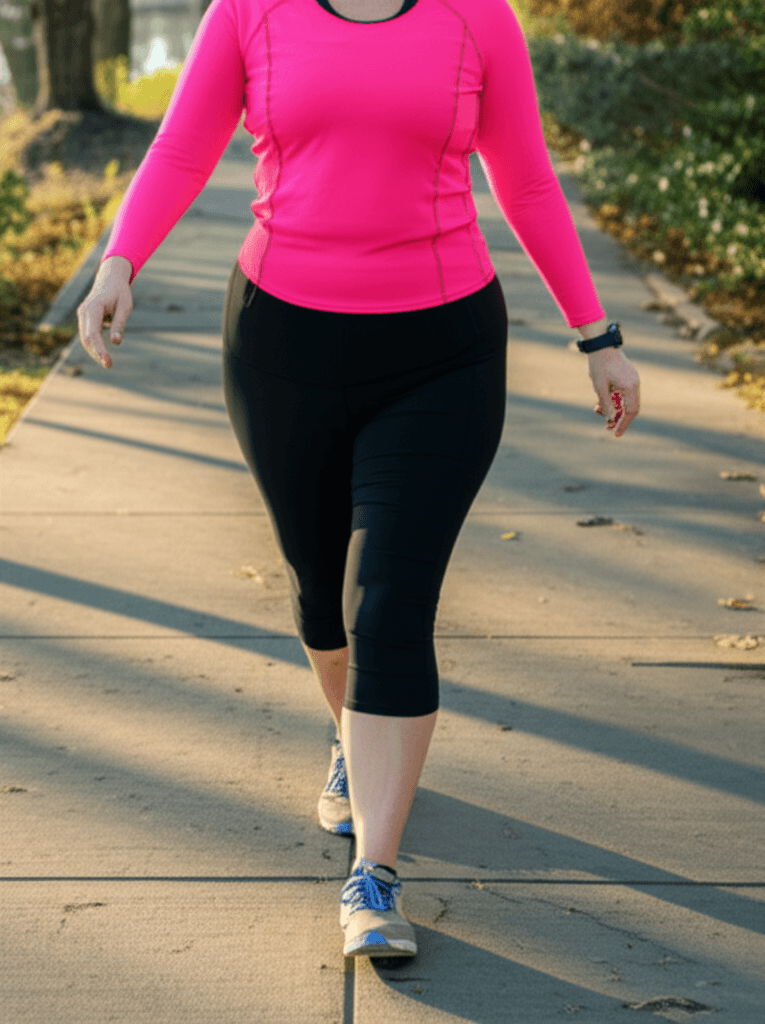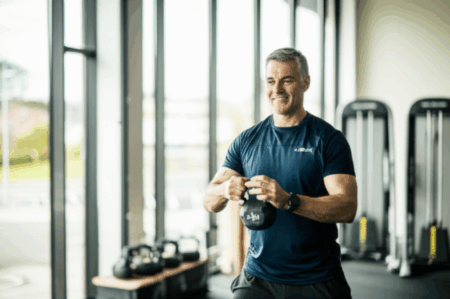In a world bustling with complex fitness routines and expensive gym memberships, the simplicity and profound impact of walking often get overlooked. Yet, for women seeking to improve their fitness, manage weight, and boost overall well-being, a consistent daily walking regimen, even one as short as 12 minutes, can be a game-changer. This low-impact, accessible form of cardio offers a wealth of benefits, proving that you don’t need hours of strenuous activity to achieve a fitter, healthier body.

The Undeniable Benefits of Daily Walking for Women
Regular walking is a powerhouse for women’s health, offering a wide array of physical and mental advantages. It’s a joint-friendly exercise that requires no special equipment, making it an ideal choice for almost anyone looking to enhance their fitness journey.
Physical Health Improvements
- Cardiovascular Fitness: Daily brisk walking significantly strengthens the heart and improves circulation, helping to lower blood pressure, reduce “bad” LDL cholesterol, and increase “good” HDL cholesterol, thereby decreasing the risk of heart disease and stroke. Just 21 minutes of walking a day can reduce the risk of heart attack by 30%.
- Weight Management and Fat Loss: Walking, especially at a brisk pace, is an effective tool for calorie burning, metabolism boosting, and fat loss. Studies have shown that consistent walking can aid in weight loss and improved body composition, even for postmenopausal women, regardless of walking speed.
- Stronger Bones and Muscles: As a weight-bearing exercise, walking helps strengthen bones and improve muscle endurance, particularly in the legs, glutes, calves, and hamstrings. Varying speed, incline, or resistance (like ankle weights) can further enhance muscle strengthening and toning.
- Pelvic Floor Health: Regular walking, especially brisk walking, can help strengthen the muscles of the pelvic floor, which is vital for bladder and bowel control, particularly after childbirth or as women age. It can also reduce the risk of incontinence.
- Metabolic Health: Walking helps regulate blood sugar levels, especially when performed after meals, reducing the risk of conditions like type 2 diabetes.
- Immune System Boost: Consistent physical activity like walking has been shown to strengthen the immune system.
Mental and Emotional Well-being
- Mood Enhancement and Stress Reduction: Walking is a natural mood booster, releasing endorphins—the body’s “feel-good” hormones—which can alleviate symptoms of anxiety and depression. Spending time walking in nature can further reduce cortisol levels and increase feelings of relaxation.
- Improved Sleep Quality: Regular physical activity, including light to moderate-intensity walking, can naturally boost the effects of melatonin, the sleep hormone, leading to better sleep at night.
- Cognition and Memory: Walking has been linked to improved cognition and memory, and can help slow mental decline.

The 12-Minute Daily Walking Workout: Your Path to Fitness
A 12-minute daily walking workout is incredibly efficient. It typically equates to about 1,200 to 1,500 steps, making a significant impact on your daily activity levels. The key to maximizing this short burst of exercise is incorporating varied intensities and movements.
Before You Begin: The Warm-Up (2-3 Minutes)
A proper warm-up is crucial to prepare your muscles and cardiovascular system, increase flexibility, and prevent injury.
- Light Marching in Place: 1 minute.
- Arm Circles: Slowly make forward and backward circles with your arms to loosen shoulders and upper back. 30 seconds each direction.
- Leg Swings: Gently swing each leg forward and backward, and side to side, to warm up hips. 30 seconds per leg.
- Ankle Circles: Rotate your ankles in circles to prepare them for movement. 30 seconds per ankle.
The Main Event: 12-Minute Interval Walking (8-9 Minutes)
This workout focuses on varying your pace and incorporating dynamic movements to elevate your heart rate and engage more muscles. The goal is to move at a brisk pace where you can talk but not sing.
- Brisk Walk (2 minutes): Start with a comfortable, brisk pace. Focus on engaging your core and pumping your arms.
- Speed Intervals (1 minute): Increase your pace significantly, as if you’re in a hurry. You should feel your heart rate elevate.
- Active Recovery Walk (1 minute): Slow down to a moderate pace to catch your breath, but keep moving.
- Power March with High Knees (1 minute): Bring your knees up higher towards your chest, engaging your lower abs and hip flexors. Pump your arms vigorously.
- Side Steps or Lateral Shuffles (1 minute): Step sideways, keeping your hips low, to work different leg muscles and improve agility.
- Brisk Walk with Arm Pumps (1 minute): Return to a brisk walking pace, focusing on a strong arm swing to engage your upper body.
- Heel Digs and Hamstring Curls (1 minute): Alternate digging your heel forward and curling your heel back towards your glutes. This works the front and back of your thighs.
- Repeat Speed Interval & Active Recovery (2 minutes): Finish with another minute of speed walking followed by a minute of active recovery.
After Your Workout: The Cool-Down (2-3 Minutes)
A cool-down gradually lowers your heart rate, relaxes your muscles, and helps prevent soreness and dizziness.
- Gentle Walk (1 minute): Slowly reduce your pace to a leisurely stroll.
- Static Stretches (1-2 minutes): Hold each stretch for 10-30 seconds without bouncing. Focus on the major muscles used during walking:
- Calf Stretch: Lean against a wall with one leg back, heel on the ground.
- Quad Stretch: Hold your ankle and gently pull your heel towards your glute.
- Hamstring Stretch: Extend one leg forward with your heel on the ground, gently lean forward from your hips.
- Hip Flexor Stretch: Kneel on one knee, gently push your hips forward.
- Shoulder/Chest Stretch: Clasp hands behind your back or interlace fingers and raise arms.

Maximizing Your 12-Minute Walking Workout
Even with a short duration, you can enhance the effectiveness of your walking routine:
- Vary Your Terrain: If walking outdoors, incorporate hills or stairs to increase intensity and challenge different muscle groups.
- Add Hand Weights: Light hand weights (1-3 lbs) can increase calorie burn and engage upper body muscles, but ensure good form to avoid injury.
- Focus on Posture: Keep your head up, shoulders back and relaxed, and engage your core. This improves efficiency and prevents strain.
- Listen to Music or Podcasts: This can make the time fly by and provide motivation.
- Walk with a Partner: A walking buddy can provide accountability and make the workout more enjoyable.

Building a Consistent Walking Habit
Consistency is paramount for long-term fitness success. Here are tips to make your 12-minute walk a daily habit:
- Schedule It: Treat your daily walk like an important appointment. Add it to your calendar and stick to it as much as possible.
- Start Small and Build Up: If 12 minutes feels like a lot initially, start with 5-10 minutes and gradually increase your duration. Any amount of activity is better than none.
- Break It Up: If finding a continuous 12-minute block is challenging, break it into shorter, frequent bursts throughout the day, such as a 6-minute walk in the morning and another in the evening.
- Don’t Let Weather Stop You: If outdoor conditions aren’t ideal, consider walking indoors, such as at a mall or using a treadmill.
- Create an Incentive: Reward yourself for sticking to your routine, or use “loss aversion” by committing to a penalty if you miss a walk.
- Track Your Progress: Use a fitness tracker or a simple journal to monitor your walks. Seeing your progress can be a powerful motivator.
Incorporating a 12-minute daily walking workout into your routine is a simple yet effective strategy for women to achieve better fitness and overall health. It’s a testament to the power of consistent, accessible movement. Lace up your sneakers and take that first step towards a fitter, more energized you.







